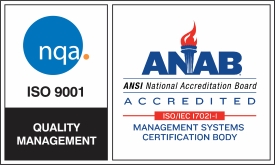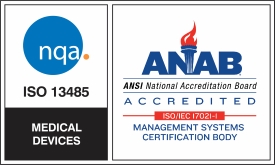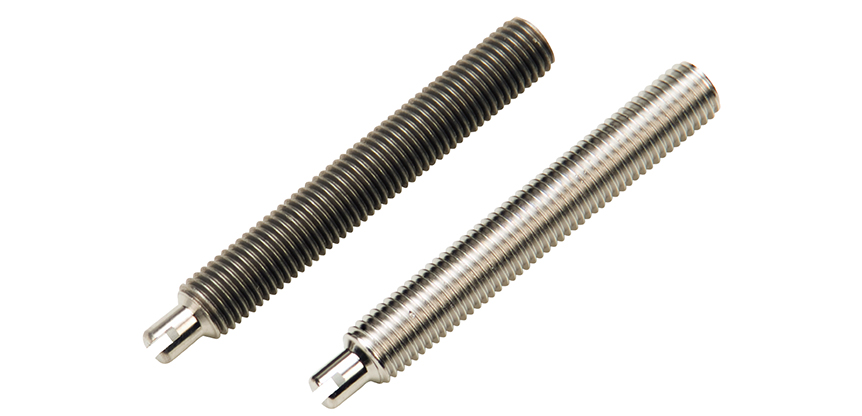While its benefits include improving corrosion resistance and eliminating surface contamination, one of the most immediately recognizable benefits of electropolishing is decorative. This is because the electropolishing process actually strips away a consistent layer of surface metal from a part, eliminating a wide variety of surface impurities like embedded scale, heat discoloration, debris, oils and more.
The Ultracleaning Process
Electropolishing provides an ultraclean surface, so named because all types of surface contaminants and imperfections have been eliminated. While processes like passivation provide some of the same benefits, like removing free iron, it is not as versatile nor as effective. Passivation is not, for example, a process for removing heat tint—electropolishing, however, is. Removing heat tint left by welding improves not only a part's corrosion resistance, but also its appearance, as the discoloration is eliminated.
Aesthetics That Last
Electropolishing provides more than a temporary decorative finish—by improving the surface of a metal part, it makes it easier for that part to retain its clean appearance even with heavy use. This is because the process removes not only embedded impurities, but also surface imperfections, leaving behind a smoother finish. That finish is less prone to corrosion, oxidation and staining.
Because electropolishing is a process of removal and not coating, it does not cover the surface metal with any material that can flake, peel or otherwise come off unexpectedly. This prevents some of the issues associated with coatings, like loose particles that flake off and cause equipment malfunctions or product contamination.
Other Benefits
Of course, the decorative benefits of electropolishing are only one reason it is a popular choice for metal finishing. Deburring, microfinishing, improving fatigue life and more are all ways that this process makes parts not only look better, but perform better, as well.




